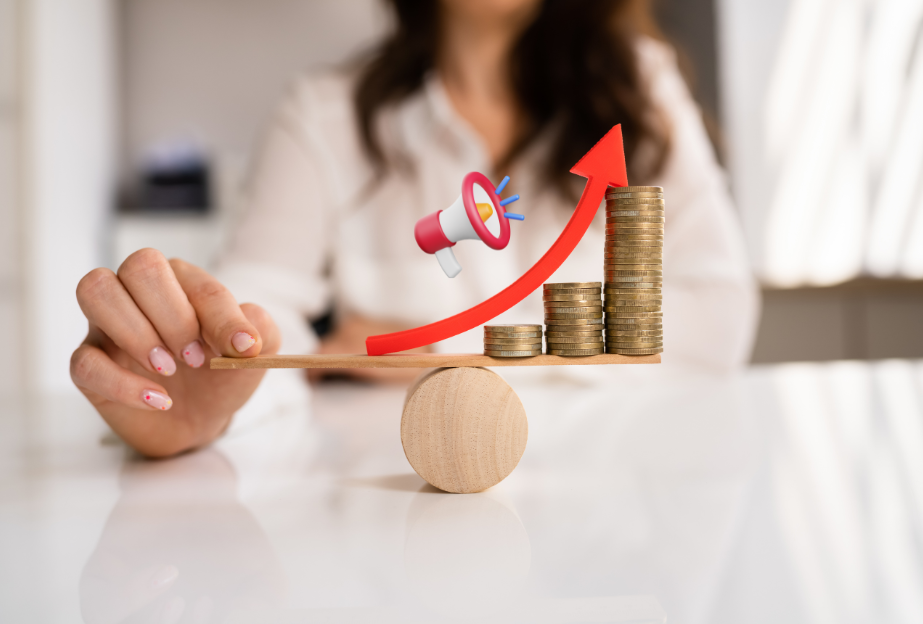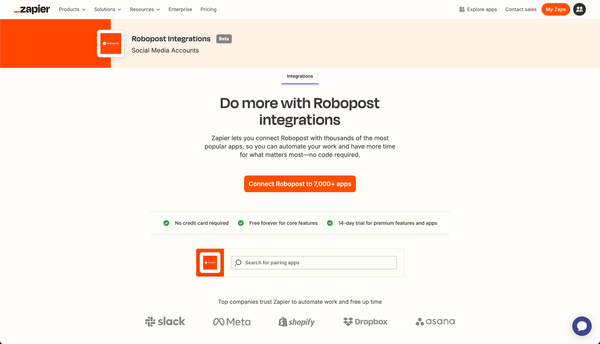How to Leverage Social Media Automation for Event Promotion
Discover how to boost your event promotion using social media automation, from setting goals to engaging audiences.

Social media automation is a great way to promote events, helping organizers reach more people while saving time and effort. By using the right strategies, tools, and content, event promoters can improve their marketing, connect with their audience, and track how well their campaigns are doing. This article covers how to use social media automation to promote events, including setting goals, creating content, customizing it for different platforms, and analyzing the results.
Key Takeaways
- Learn about the different tools and platforms for social media automation to make your event promotion more efficient.
- Set clear, measurable goals for promoting your event that match your overall business objectives to keep your efforts focused.
- Use analytics to track how your automated posts are doing and adjust your strategy for better engagement and results.
- Consider using paid ads as part of your promotion strategy to reach more people and boost event visibility.
Understanding Social Media Automation
Definition and Benefits
Social media automation means using software to handle repetitive tasks like scheduling posts, curating content, and managing interactions. This improves efficiency and consistency, letting marketers focus on strategy and creating content.
Tools like Robopost offer features such as scheduling, bulk content upload, and automated posting with RSS, making them essential for successful social media automation.
Integrating Automation in Your Strategy
To use automation effectively, identify tasks that are repetitive and take a lot of time. Automation should enhance, not replace, personal interaction with your audience. Make sure the tools you choose align with your overall social media goals to get the best results.
Setting Goals for Event Promotion
Identifying Target Audience
Knowing who your target audience is essential for successful event promotion. Start by looking at demographic data, interests, and behaviors to shape your marketing strategies. This helps you focus your efforts on people who are most likely to attend your event.
Defining Key Metrics
To track how well your event promotion is doing, set clear key performance indicators (KPIs). Common ones include the number of registrations, social media activity, and website visits. These will show you how effective your promotion is and help you make any needed changes.
Aligning Goals with Business Objectives
Make sure your event promotion goals match your overall business goals. This alignment ensures that the event has the greatest impact on your business and that resources are used wisely. Think about how the event can help with larger goals like increasing brand awareness, generating leads, or retaining customers.
Creating Compelling Content
Designing Engaging Posts
To grab your audience's attention, create posts that are visually attractive and align with what they care about. Use bright images, catchy headlines, and interactive features like polls or quizzes to boost engagement.
Timing and Frequency of Posts
Knowing when to post on different social media platforms is key to getting noticed. Here's a quick guide:
- Facebook: 1-2 posts per day, best in mid-morning and mid-afternoon
- Instagram: 1-3 posts per day, with peak engagement in the evenings
- Twitter: 3-5 tweets per day, spread throughout the day
Multimedia Integration
Adding videos, GIFs, and infographics can make your posts more appealing. Videos, in particular, tend to drive higher engagement. Use multimedia to simplify complex information, entertain, or show behind-the-scenes glimpses of your event.
Optimizing Automation for Different Platforms
Customizing Content for Each Platform
To use automation effectively, you need to customize your content to fit the style and audience of each social media platform. This means understanding what works best on each site, like using image-focused content on Instagram and short, punchy text on Twitter.
Understanding Platform Algorithms
Knowing how each platform’s algorithm works can improve your automation strategy. Algorithms decide which content gets shown to users, so aligning your automated posts with these algorithms can boost your visibility and engagement.
Cross-Promotion Strategies
Using automated tools for cross-promotion helps you reach more people. Syncing your content across different platforms ensures consistent messaging, which strengthens brand recognition. Automate posts to go live when your audience is most active to make the biggest impact.
Analyzing and Adjusting Your Strategy
Tools for Analytics
To measure how well your social media automation is working, it's important to use the right analytics tools. These tools help you track how many people are engaging with your posts, how far your posts are reaching, and overall performance.
Interpreting Data for Improvement
Understanding the data you collect is key to improving your strategy. Pay attention to patterns in engagement and figure out which posts are doing well. This information will help you adjust your future content and automation settings.
A/B Testing for Better Engagement
A/B testing means comparing two versions of a post to see which one gets better results. You can do this by changing things like headlines, images, or the time you post. Use what you learn from these tests to make your social media content more engaging and effective.
Leveraging Paid Advertising
Choosing the Right Platforms
When deciding where to spend money on social media ads, it's important to pick the right platforms. Consider who your target audience is, how popular the platform is, and what type of content works best there. Facebook and Instagram are often good choices because they reach a wide range of people and offer detailed targeting options.
Setting Budgets and Expectations
It's important to set a clear budget and have realistic goals for your paid advertising. A good way to plan your budget is by:
- Deciding how much you want to spend overall
- Dividing the budget based on the platform and what you expect to get back (ROI)
- Adjusting the budget based on how well the campaign is doing
Measuring ROI on Paid Campaigns
To know if your paid ads are worth the money, track things like how many people engage with your ads, how many take action (like buying something), and how much each new customer costs you. Tools like Google Analytics and the analytics provided by each platform can help you understand these numbers. Keep a close eye on these metrics to continually improve your ad strategy.
Conclusion
Using social media automation to promote events can greatly improve your marketing, helping you reach more people and boost engagement. By carefully planning when to post, using chatbots for quick responses, and analyzing data to improve your strategy, you can increase your event’s visibility and success. The key is to combine automation with a personal approach to keep your audience interested and excited about your event. Use these tools to make your event promotion more efficient, effective, and enjoyable.
